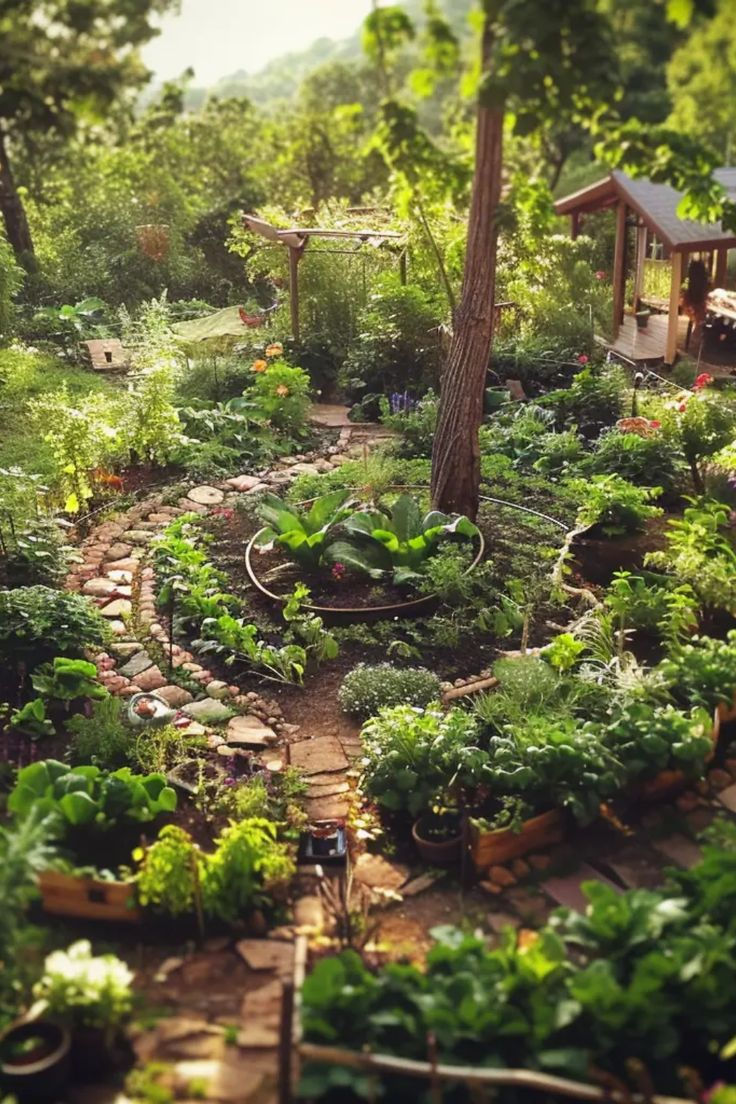Grow Your Own Lettuce: A Step-by-Step Guide
- benmcneilly
- Oct 30
- 3 min read
Lettuce (Lactuca sativa) is one of the easiest and fastest crops to grow, making it an ideal choice for beginner gardeners and experienced growers alike. Whether you want crisp romaine, tender butterhead, or cut-and-come-again loose-leaf varieties, growing lettuce from seed is an affordable and rewarding way to ensure a continuous supply of fresh, nutrient-rich greens.
This guide will walk you through how to germinate lettuce seeds, care for young plants, and extend your harvest for fresh lettuce year-round.

Step 1: Choosing Your Lettuce Variety
Lettuce comes in several different types, each suited to different growing conditions and culinary uses.
Loose-leaf lettuce: Fast-growing and perfect for cut-and-come-again harvesting (e.g., Oakleaf, Lollo Rosso).
Romaine (Cos) lettuce: Crunchy, upright leaves ideal for Caesar salads (e.g., Little Gem, Parris Island).
Butterhead lettuce: Soft, tender leaves with a delicate flavor (e.g., Bibb, Buttercrunch).
Crisphead (Iceberg) lettuce: Compact heads with a refreshing crunch, requiring a longer growing season.
Choose varieties suited to your climate—heat-tolerant types for warmer regions and cold-hardy varieties for cooler climates like Ireland.
Step 2: How to Germinate Lettuce Seeds
Lettuce seeds are small and sensitive to heat, preferring cool temperatures for optimal germination.
Best Conditions for Germination:
Temperature: 10–18°C (50–65°F) for best results.
Light: Lettuce seeds need light to germinate; don’t bury them too deep.
Moisture: Keep the soil consistently moist but not waterlogged.
Direct Sowing (Recommended for Outdoor Gardens)
Prepare well-drained, fertile soil with compost.
Scatter seeds thinly on the soil surface or plant no deeper than 3mm (1/8 inch).
Lightly press seeds into the soil but don’t cover completely.
Water gently to keep the soil moist.
Germination typically occurs within 7–14 days.
Starting Indoors (For Early Crops or Containers)
Use seed trays or small pots filled with seed-starting mix.
Sow seeds on the surface and mist with water.
Keep in a bright location (or use grow lights) at 10–18°C.
Transplant seedlings when they have 2–3 true leaves.
Step 3: Transplanting and Thinning Seedlings
Once lettuce seedlings emerge, they need space to grow properly.
Thin seedlings when they reach 2–3 cm (1 inch) tall, leaving the strongest plants.
Final spacing:
Loose-leaf lettuce: 15 cm (6 inches) apart
Romaine & butterhead: 20–30 cm (8–12 inches) apart
Crisphead: 30 cm (12 inches) apart
If transplanting, harden off seedlings by exposing them gradually to outdoor conditions over 4–7 days before planting out.
Step 4: Caring for Lettuce Plants
Lettuce grows quickly but requires consistent moisture and protection from extreme heat or cold.
Watering:
Keep soil evenly moist but not soggy.
Water in the morning to reduce disease risk.
Use mulch to retain moisture and prevent drying out.
Feeding:
Lettuce benefits from nitrogen-rich soil.
Side-dress with compost or diluted liquid fertilizer every few weeks.
Shade & Protection:
In hot weather, provide partial shade to prevent bolting (going to seed too early).
Protect from slugs and snails using organic methods like beer traps or crushed eggshells.
Step 5: Harvesting Lettuce
Lettuce can be harvested in multiple ways depending on the variety and your preference.
Cut-and-come-again: Harvest outer leaves while allowing the inner leaves to keep growing.
Whole-head harvest: Uproot or cut the entire plant at the base when mature.
Baby greens: Harvest young leaves within 3–4 weeks for a tender salad mix.
Mature heads: Ready in 6–8 weeks depending on the variety.
Step 6: Extending Your Lettuce Harvest
For a continuous supply of lettuce, practice succession planting by sowing new seeds every 2–3 weeks.
Winter Growing: In mild climates like Ireland, grow cold-tolerant varieties under cloches, fleece, or in a greenhouse.
Summer Growing: Use shade cloth or plant in partial shade to prevent bolting.
Container Growing: Perfect for balconies and small spaces, allowing year-round production indoors or in a greenhouse.
Common Problems & Solutions
Bolting (flowering too soon): Provide shade and keep soil moist.
Slugs & snails: Use beer traps, copper tape, or encourage natural predators like hedgehogs.
Poor germination: Ensure cool temperatures and avoid covering seeds too deeply.
Yellowing leaves: May indicate overwatering or nutrient deficiency—adjust watering and add compost.
Best Companion Plants for Lettuce
Lettuce grows well alongside other crops that deter pests and improve growth:
Carrots: Their roots loosen the soil for lettuce roots.
Radishes: Deter pests and grow quickly alongside lettuce.
Garlic & Chives: Repel aphids and other pests.
Marigolds: Attract beneficial insects and deter pests.
Conclusion
Growing lettuce from seed is an easy and rewarding way to enjoy fresh, homegrown greens throughout the year. With proper care, regular sowing, and attention to soil moisture, you can enjoy a continuous harvest and avoid common growing pitfalls.
Whether in the garden, containers, or under cover, lettuce is a versatile crop that thrives in almost any setting.
Happy growing!



Comments